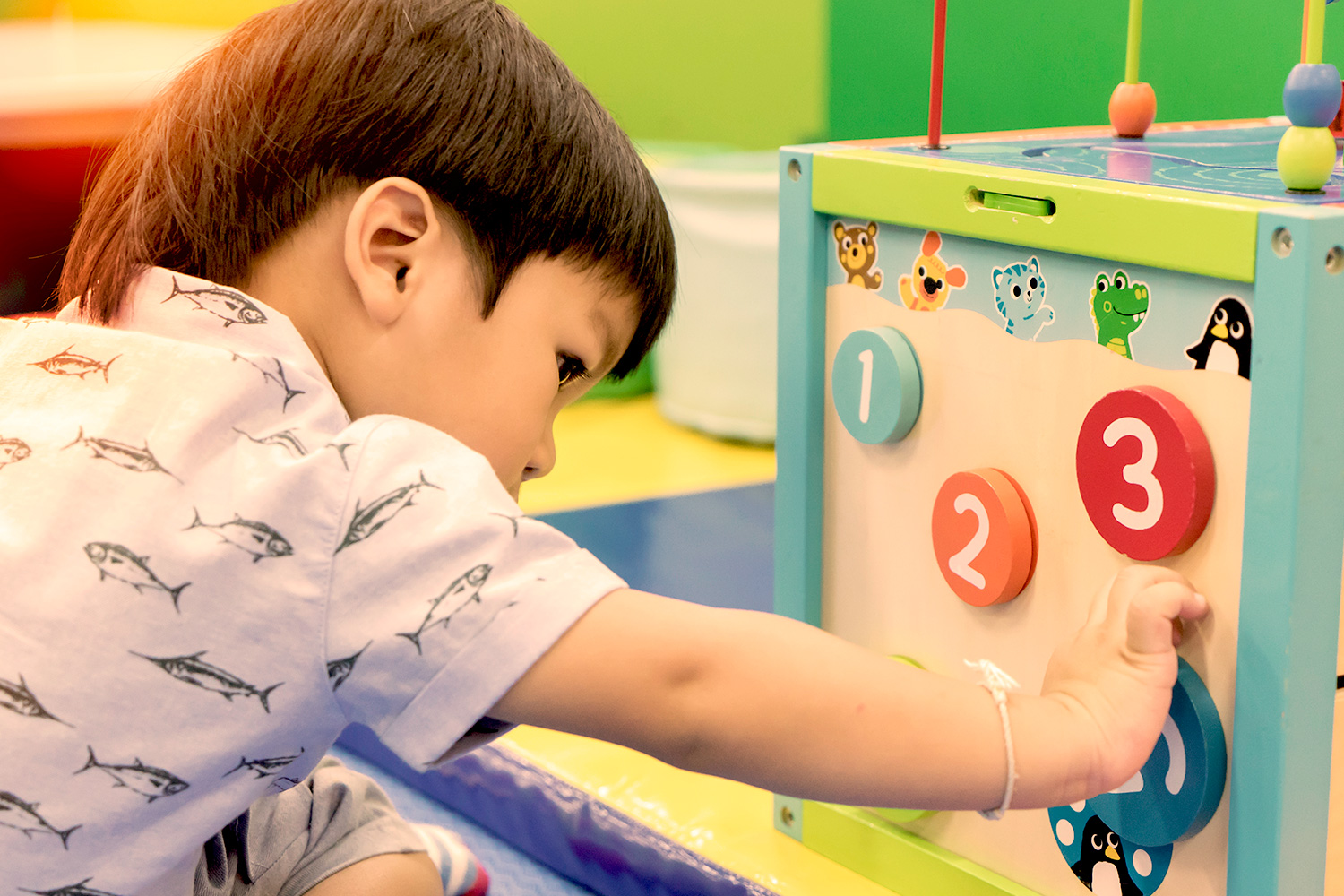Children receiving formal, classroom-based preschool receive significantly higher-quality care and have better reading and math skills than peers who receive informal child care before kindergarten, according to a new study by the University of Virginia and other institutions, published this week in Child Development.
Currently most young children in the United States – about 50 percent of infants and more than 80 percent of 4-year-olds – experience regular non-parental care. The settings for these experiences vary widely from formal classroom settings like full-day pre-kindergarten, Head Start and private child care centers to more informal settings like licensed family day care homes, nannies or babysitters. Although more and more children are attending preschool centers, about half of 3- to 5-year-olds experience some informal care on a regular basis.
Relatively little is known about the quality of the informal sector and how it compares to preschool centers, which are more highly regulated.
According to researchers from the University of Virginia, Cornell University, the Urban Institute and Stanford University, who used nationally representative data to examine quality differences across formal and informal settings, there are substantial differences not only with respect to quality, but with respect to children’s reading and math skills when they enter kindergarten.
“Our study examined differences across a long list of quality measures,” said Daphna Bassok, assistant professor in UVA’s Curry School of Education and associate director of the research center, EdPolicyWorks. “We highlight striking differences with respect to teachers’ education and training in early childhood.”
Fifty-six percent of caregivers in organizational settings have a college degree in early childhood education, compared to 9 percent of caregivers in the informal settings. Caregivers in the formal sector tend to have about three more years of formal education and are also far more likely to participate in any ongoing training.
“We also found that beyond their credentials, teachers in preschool settings provide a more developmentally stimulating environment,” Bassok said. “In many home-based settings, children spend non-trivial portions of their day watching television.”
For example, while formal caregivers read to children every day, caregivers in informal settings did so less frequently, and the same was true for math activities. In formal settings, caregivers reported that children rarely watched any television, on average less than seven minutes per day. In contrast, informal caregivers reported just under two hours of television watching per day.
“These were pretty striking quality differences across these early childhood settings,” said Susanna Loeb, an author and a professor at Stanford University. “But what we really wanted to know was if these large differences in quality impacted children’s school readiness.”
They found that at age 5, children who attended formal child care arrangements have substantially stronger reading and math skills relative to similar children who attended informal settings.
“Most interestingly,” Loeb said, “these reading and math readiness gaps between children in home-based or preschool settings are fully explained by the differences in observed quality.
“Our findings suggest that these big quality disparities across sectors have meaningful implications for children’s development, and that improving the quality of family child care homes, or helping families find higher quality settings could have meaningful implications.”
These researchers suggest that given the widespread use of informal care, policy efforts to improve the quality in early childhood are likely to have important societal benefits. For example, they suggest one option being more highly regulated home-based care.
“Many families select informal, home-based settings because preschool slots don’t exist, are too expensive, or lack the flexibility that the family needs,” Bassok said. “Policies that improve these issues by expanding access to flexible, affordable, formal arrangements may have long-term benefits.”
Providing parents easy-to-access information about the quality of their child care options may also be helpful.
“Most parents wish to enroll their child in safe, warm and engaging care settings, but they tend to know little about what effective classroom quality is,” Loeb said. “Providing parents with simple information about quality in early childhood settings may lead to changes in their early care choices and to improvements in child outcomes.”
Media Contact
Article Information
June 1, 2016
/content/study-preschools-top-home-based-care-preparing-children-school

